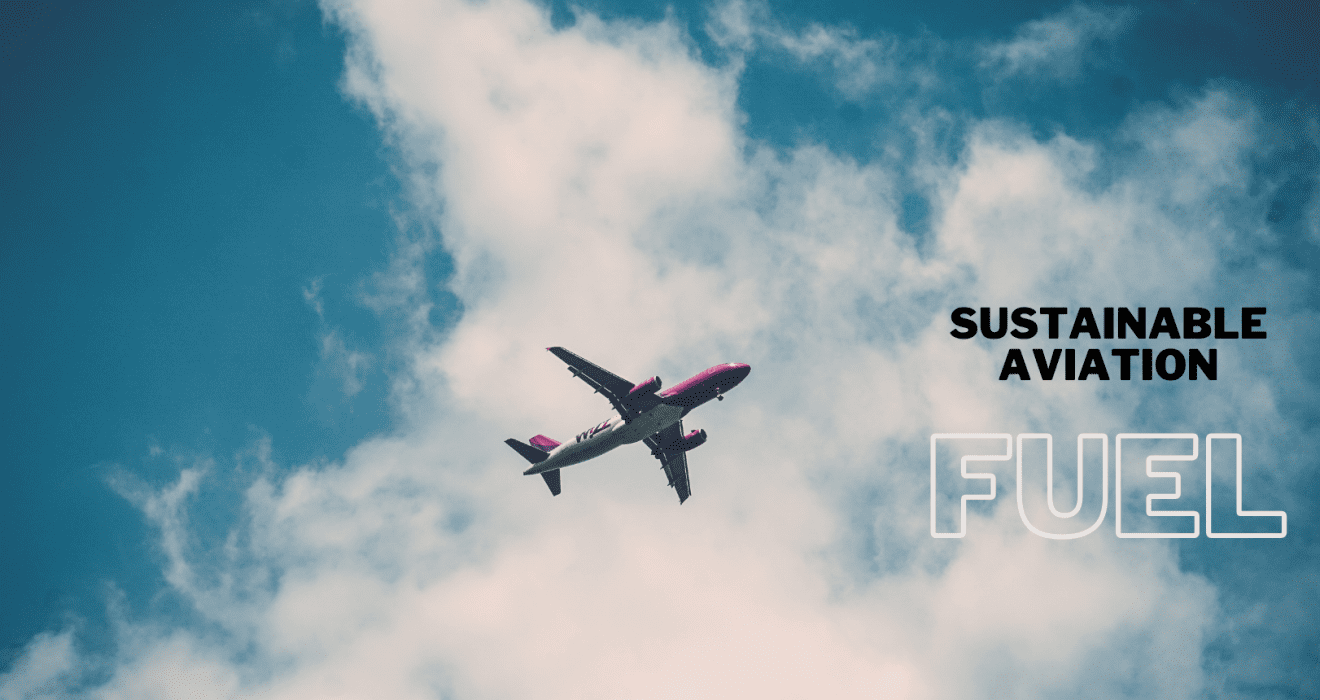✈️ The Future Is Fueling Differently — How SAF Is Powering the Next Era of Aviation
In a world racing against climate change, the aviation industry is stepping up with a bold shift toward Sustainable Aviation Fuel (SAF). But is SAF just a buzzword — or the real fuel of the future?
🔍 What Is SAF?
SAF is an eco-friendly alternative to traditional jet fuel, made from sustainable feedstocks like used cooking oil, algae, municipal waste, and even captured CO₂. Unlike fossil fuels, SAF can reduce lifecycle carbon emissions by up to 80%.
The best part? It’s drop-in compatible — meaning airlines can use it in current aircraft without modifications.
🌱 Why SAF Is Taking Off
- Net-zero commitments by 2050: Airlines, regulators, and OEMs are under pressure to decarbonize.
- Regulatory push: Regions like the EU and U.S. are setting SAF blending mandates.
- Passenger demand for green travel: Flyers are becoming carbon-conscious.
✈️ Real-World Adoption
- United Airlines has already completed transatlantic flights on SAF.
- Airbus aims for 100% SAF capability on its aircraft by 2030.
- In the UAE, Etihad Airways has piloted multiple SAF-integrated operations.
We’re witnessing a paradigm shift — SAF isn’t a side project anymore. It’s becoming the core of aviation’s sustainability roadmap.
💼 What This Means for the Industry
- Airports need SAF refueling infrastructure
- MROs must certify SAF-compatible systems
- Travel platforms are adding carbon offset + SAF contribution features
✅ Final Thoughts
Sustainable aviation fuel isn’t science fiction — it’s science in action. And in the coming years, we’ll see SAF go from innovation to standard. If your business touches aviation, this is the time to lean into green.
#sustainableaviation #SAF #greenaviation #netzeroairlines #aviationtech #carbonoffset #cleantech #aviationfuel #futureofflight

